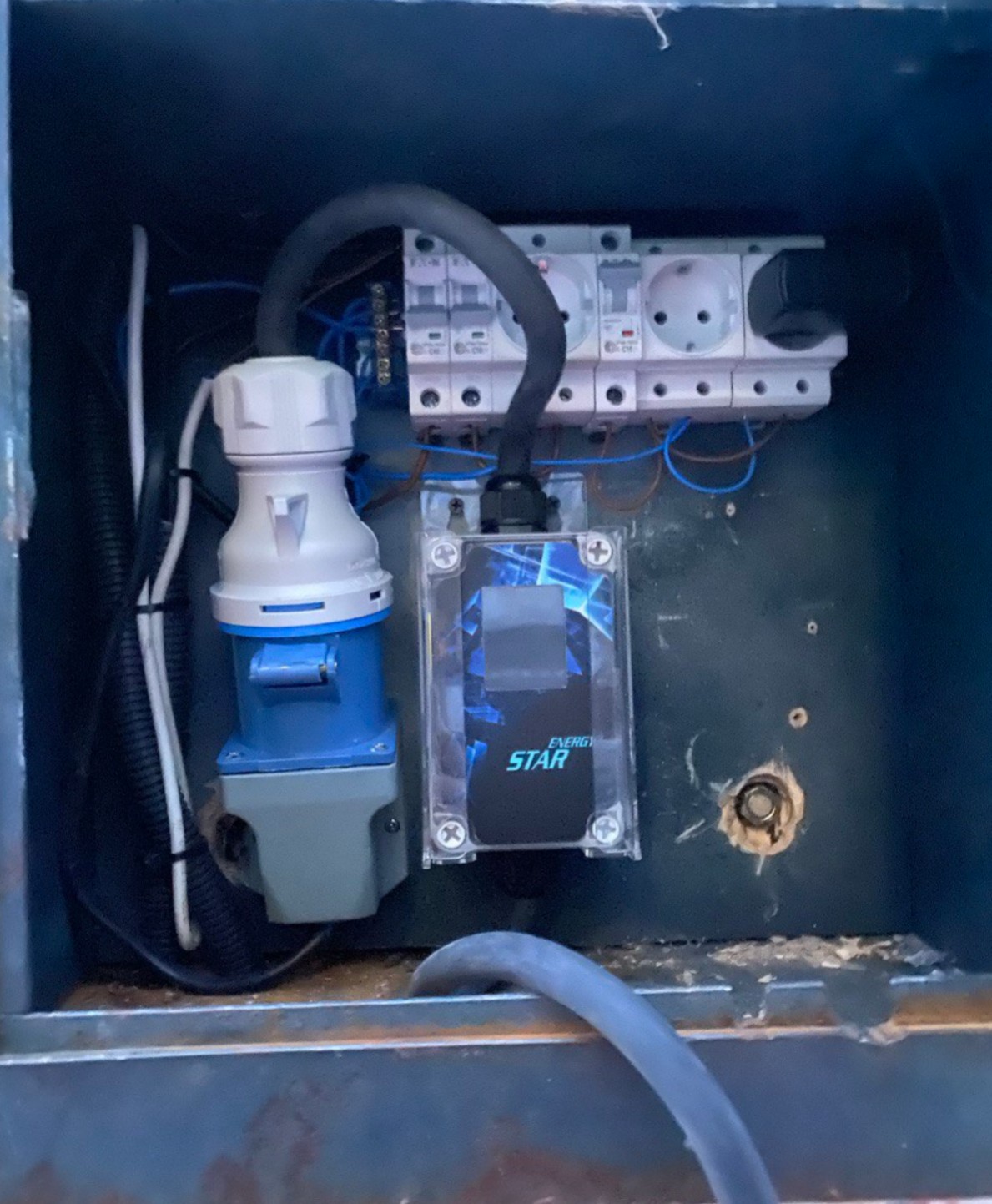Wallbox Charging for Apartment Living: How to Charge Your EV Without a Private Garage

Living in an apartment doesn’t mean you have to give up your dream of driving electric. While charging at home is easier for those with private garages or driveways, more and more renters and condo owners across Europe are finding creative, legal, and practical ways to bring electric vehicle (EV) charging to shared buildings.
This guide explains how to install a wallbox or secure reliable charging access — even if you live in a multi-unit apartment complex.
The Challenge: No Private Parking, No Private Power
If you live in a shared building, chances are your parking space is either underground, outdoors, or part of a communal area. That creates a few common obstacles:
- No direct connection to your apartment's electricity
- Shared infrastructure and limited capacity
- Approval needed from the building owner or homeowners' association
But don’t worry — you’re not alone. With EV adoption growing, building regulations and laws are changing in favor of accessibility.
Know Your Rights: Legal Support for Renters and Owners
In many countries, laws now support the right to install an EV charger, even in shared buildings. In Germany, for example, tenants and condo owners have a legal right to request a wallbox — and landlords can no longer reject it without valid reason (Wohnungseigentumsmodernisierungsgesetz, 2020).
Still, you must:
- Submit a formal installation request
- Cover the installation cost (unless shared by the building)
- Use a certified electrician
- Ensure safety and non-disruption to other residents
Charging Options Without a Wallbox
If installation isn’t possible right away, consider these alternatives:
- Public AC charging stations nearby – use apps like PlugShare or EnBW mobility+ to find slow but reliable chargers within walking distance
- Workplace charging – check if your employer offers EV charging during the day
- Fast chargers on weekly routes – combine your shopping or gym visit with a 30-minute top-up
Installation in Shared Buildings: How It Works
If you're moving forward with a private wallbox installation, here's how the process usually goes:
- Speak to your landlord or homeowners’ board: Clarify your intention and rights
- Get a site inspection by a certified electrician: They’ll assess load capacity and cable routes
- Submit technical plans and cost breakdown: Include everything – wallbox type, cabling, protection, and metering
- Approval & installation: Once approved, the wallbox can usually be installed within a few hours
Tip: Choose a wallbox with dynamic load management and smart metering, especially if more residents plan to install chargers in the future.
Cost Breakdown (Germany Example)
| Item | Approximate Cost |
|---|---|
| Wallbox (11 kW) | €600 – €1,200 |
| Installation & cabling | €800 – €1,500 |
| Meter or submetering | €100 – €300 |
| Total | €1,500 – €3,000 |
Some utilities and municipalities offer rebates or EV-specific tariffs — always ask before installing.
Tips for Apartment EV Owners
- Use apps like PlugShare, Maingau, or Bonnet to find charging stations near home or work
- Join tenant associations or building groups that advocate for EV infrastructure
- When buying or renting, ask if the property is “EV-ready” — it can add value and simplify future installations
Final Thought
Charging your EV while living in an apartment may take extra effort, but it’s absolutely possible — and getting easier every year. With the right approach, tools, and communication, you can plug in at home and enjoy the quiet, clean ride of an electric vehicle without compromise.
Whether you’re renting a flat in Berlin or owning a condo in Barcelona, the future of EV charging is no longer limited to those with private driveways. It belongs to everyone — including you.







